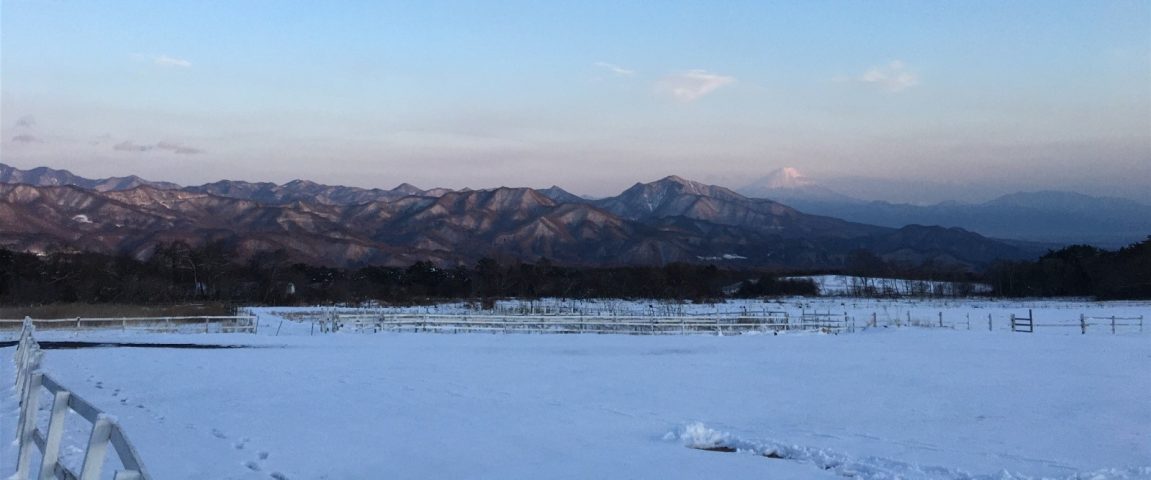Close your eyes and enjoy a quiet night.
Mount Fuji’s First Snow-cap of the Season
The Japan Meteorological Agency Kofu Meteorological Office re-announced that Mount Fuji got its first snow-cap of the season on September 26. According to The Mainichi Newspapers, the first snow-cap of the season on the 3,776-meter mountain had initially been announced on 9/7, but, the record was rescinded on 9/22 because it no longer met “snow-cap” after the average high temperatures on the peak were revised on 9/20.
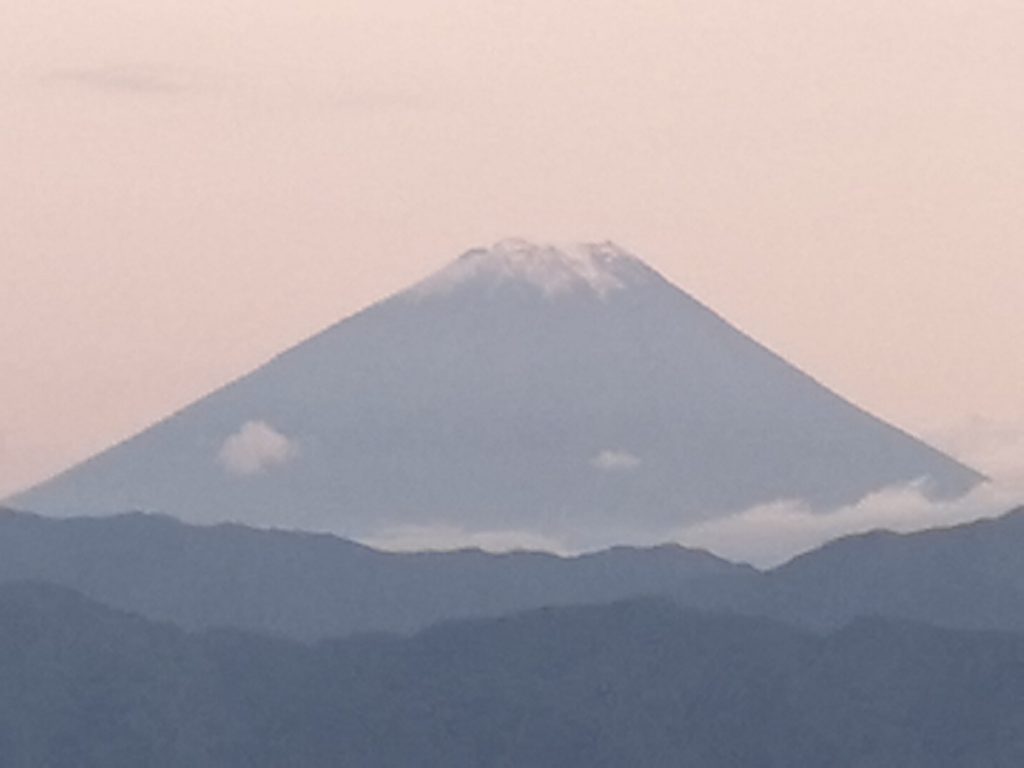
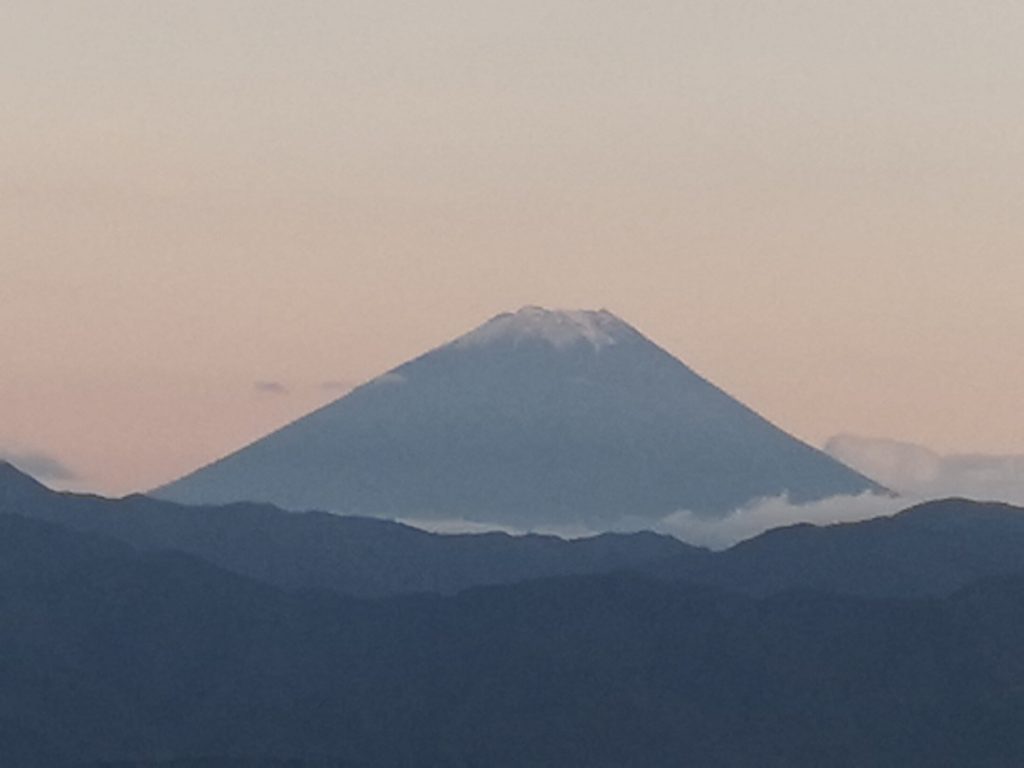
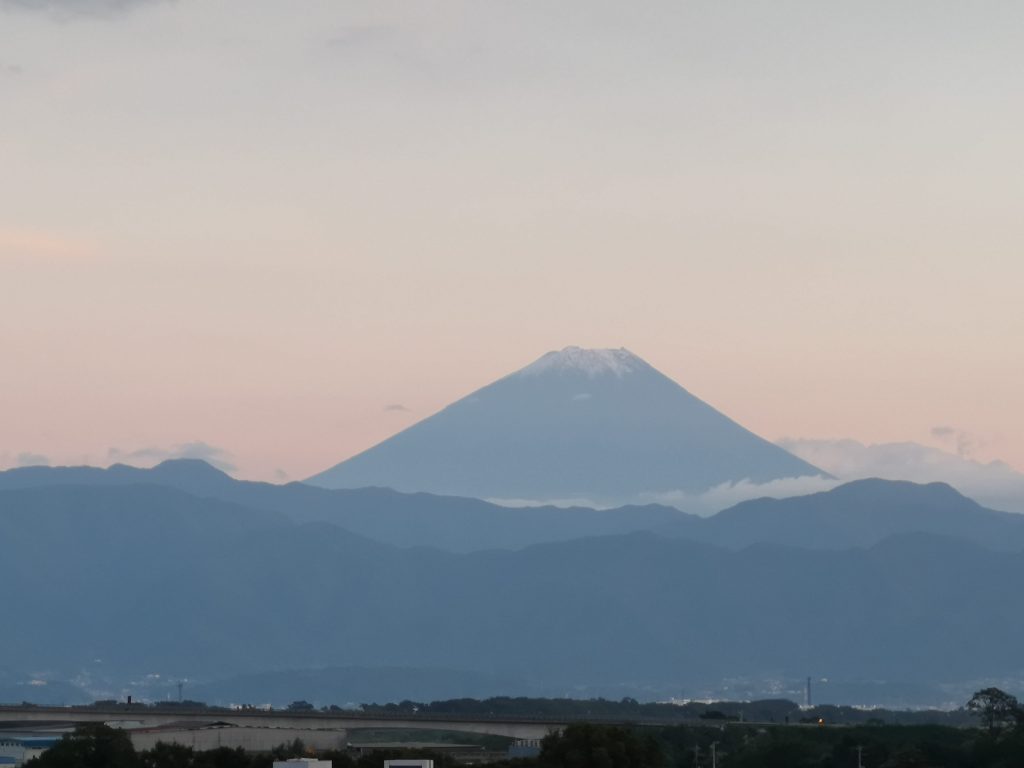
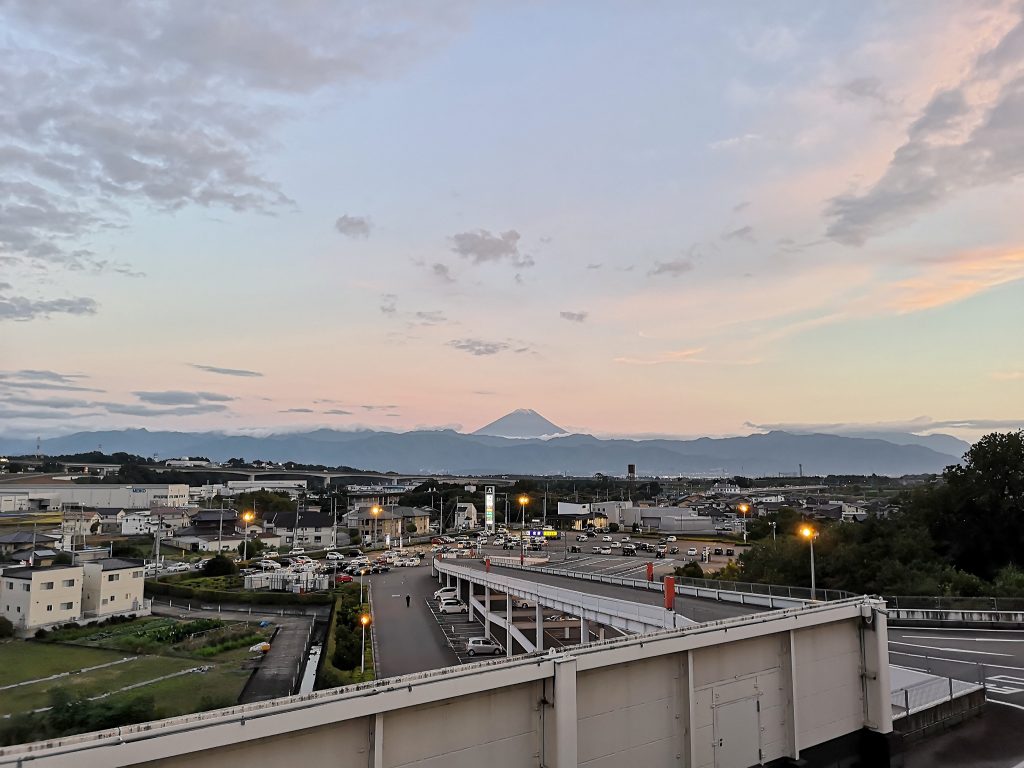
Harvest Season
September is a busy month. September 1 was Disaster Prevention Day in Japan, 9/20 was the Harvest Moon, and 9/23 was the autumnal equinox day. Harvesting crops have begun. Most rice cultivars are ready for harvesting.
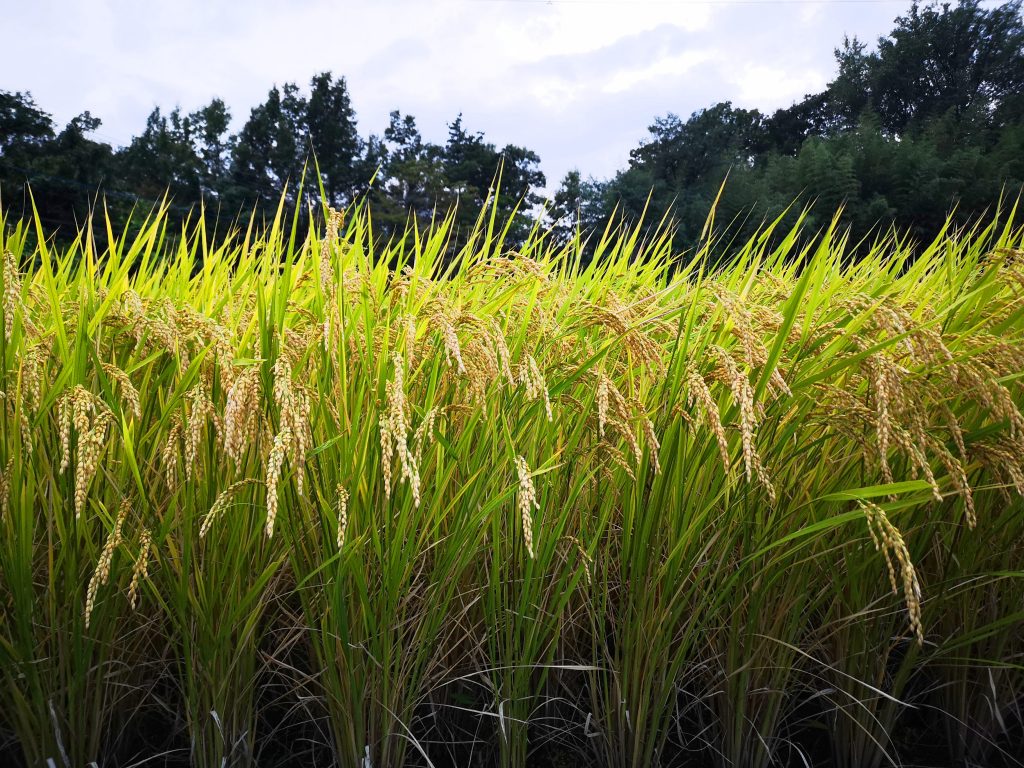
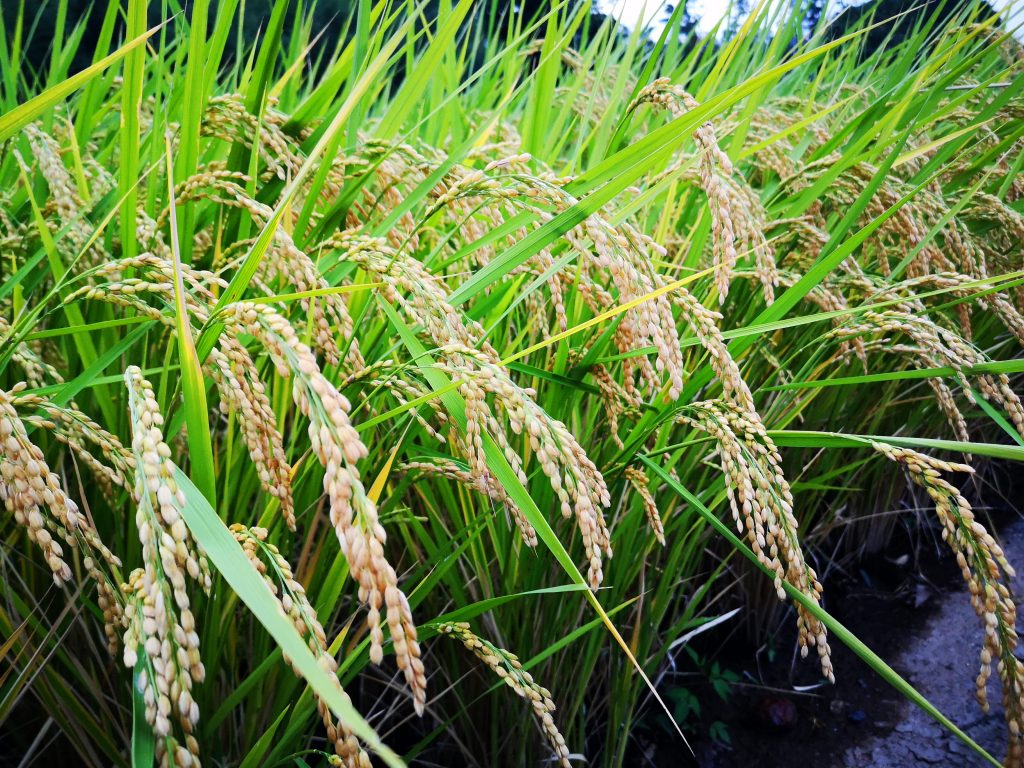
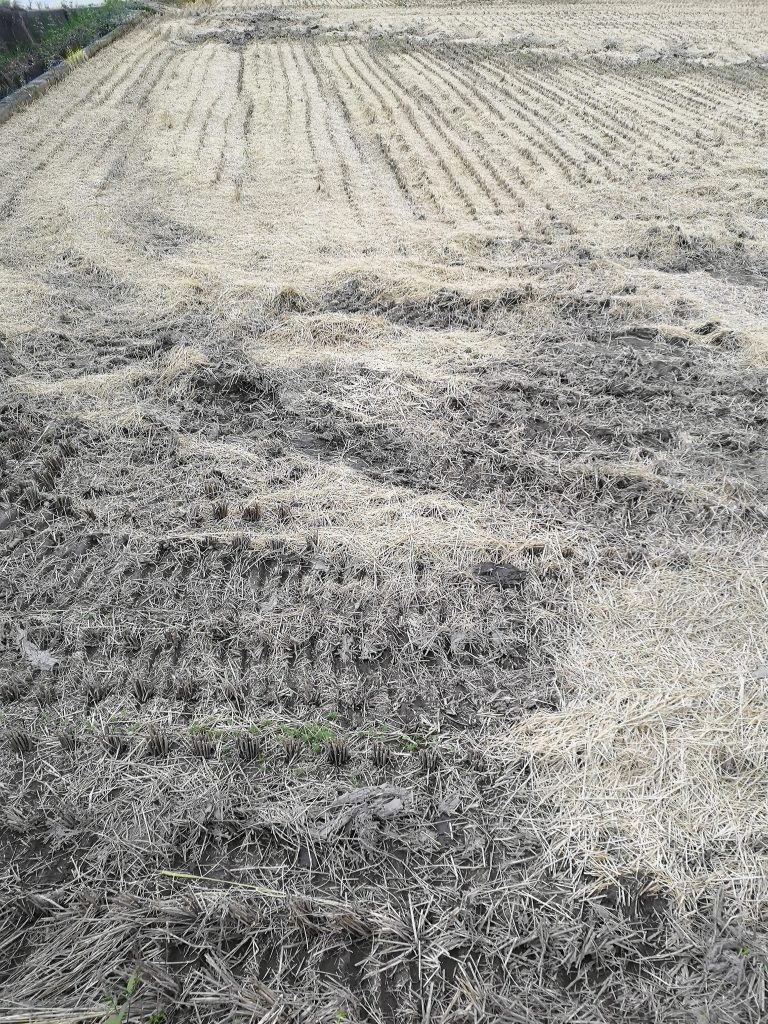
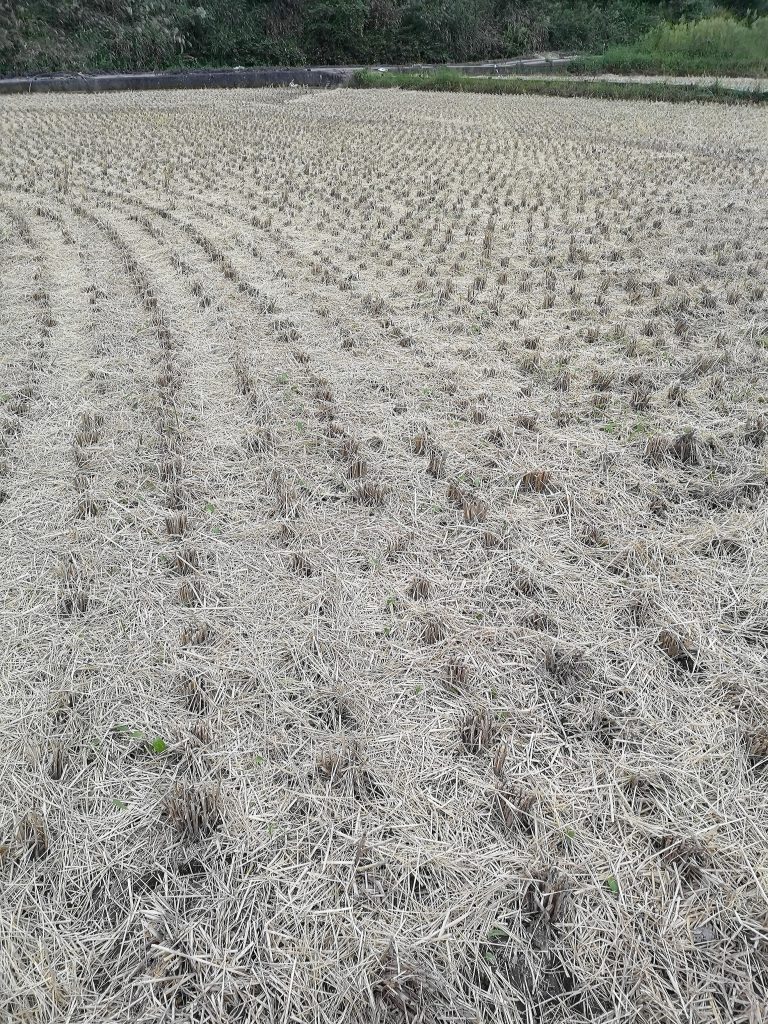
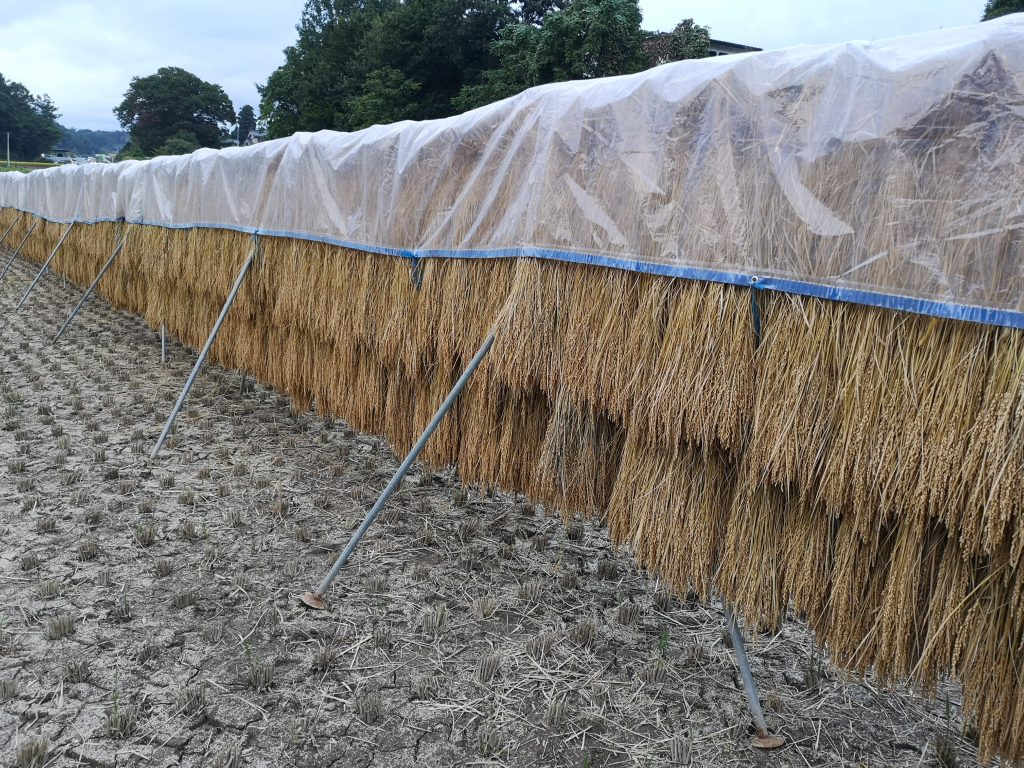
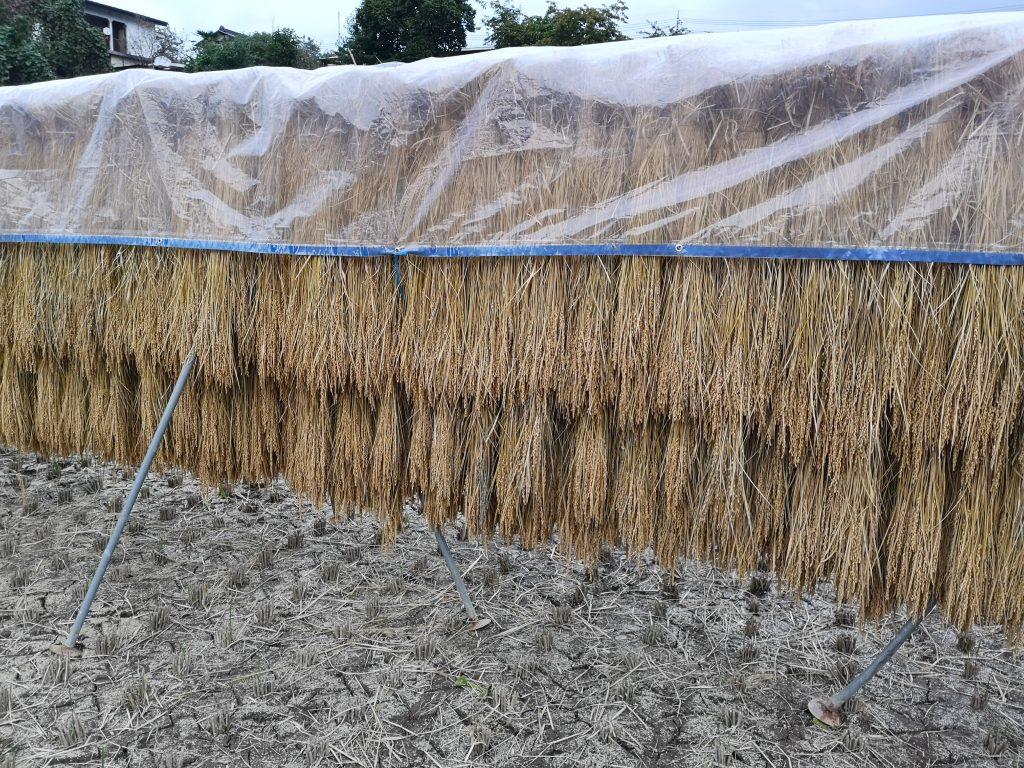
The rice may be consumed at home not for selling, said that naturally dried rice is a little tastier than machine dried.
Harvest Moon 8/15
Tomorrow night on 9/21 is “Chushu no Meigetsu” (night of the Harvest Moon). August 15th of the lunar calendar is called “chushu” (mid-autumn) and a beautiful moon is called “meigetsu.” This year the full moon of September also carries the title of the Harvest Moon for the first time in eight years. Tonight it was relatively clear, so I took photos of the moon. Tomorrow night you might not see the moon around here.
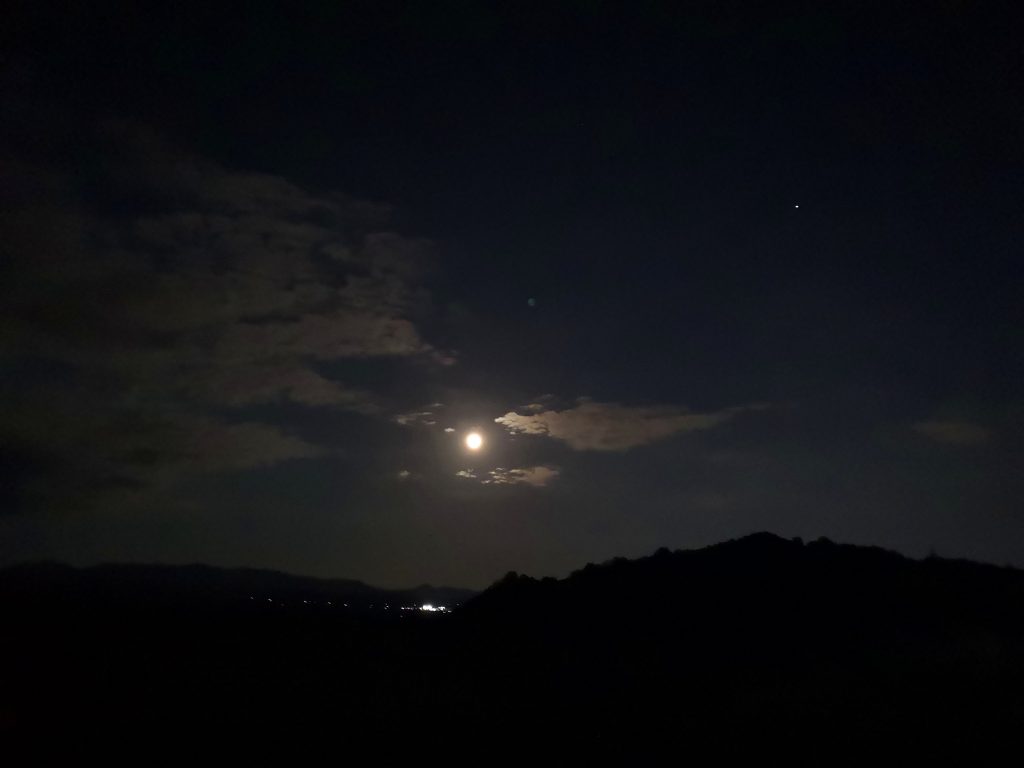
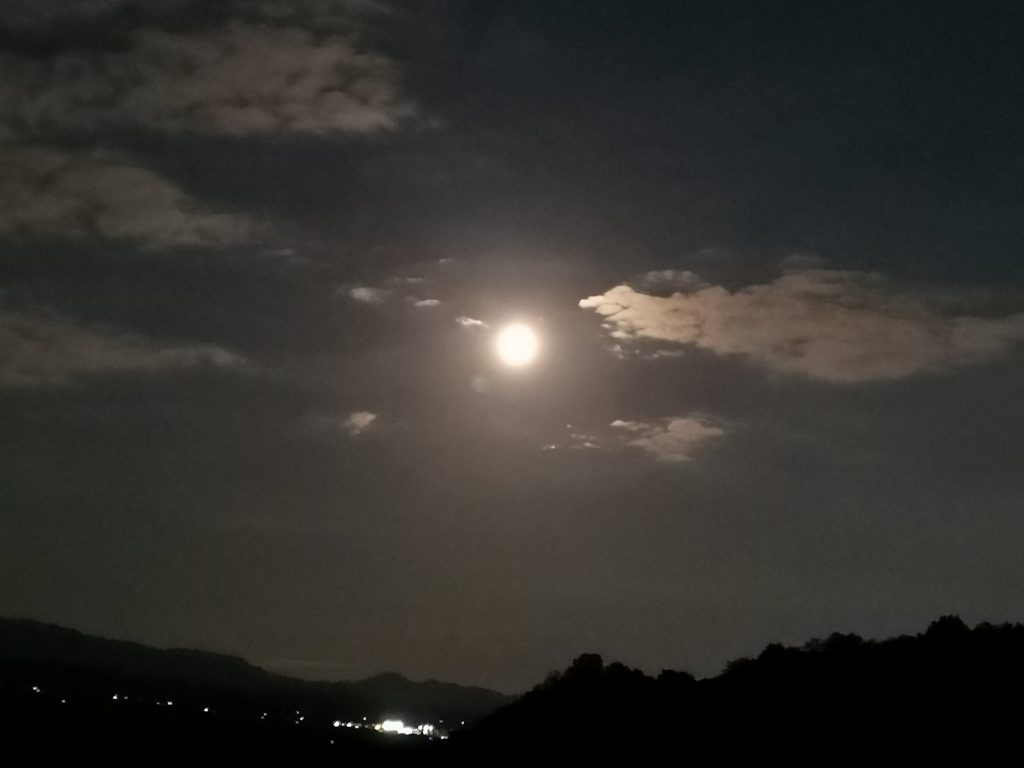
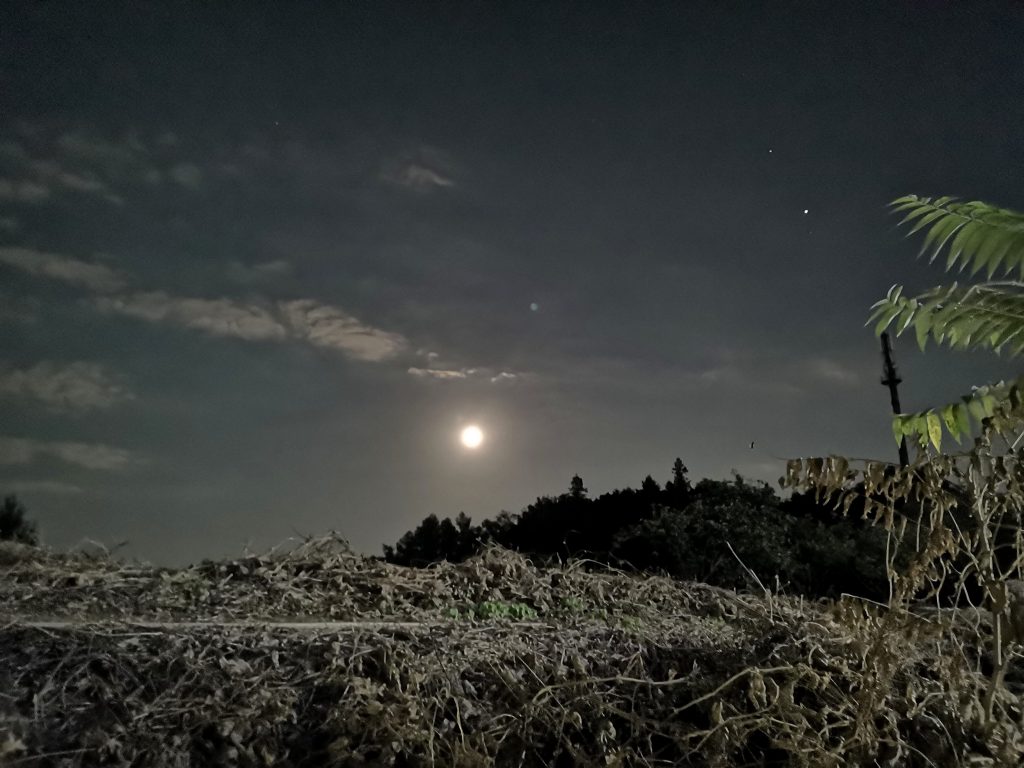
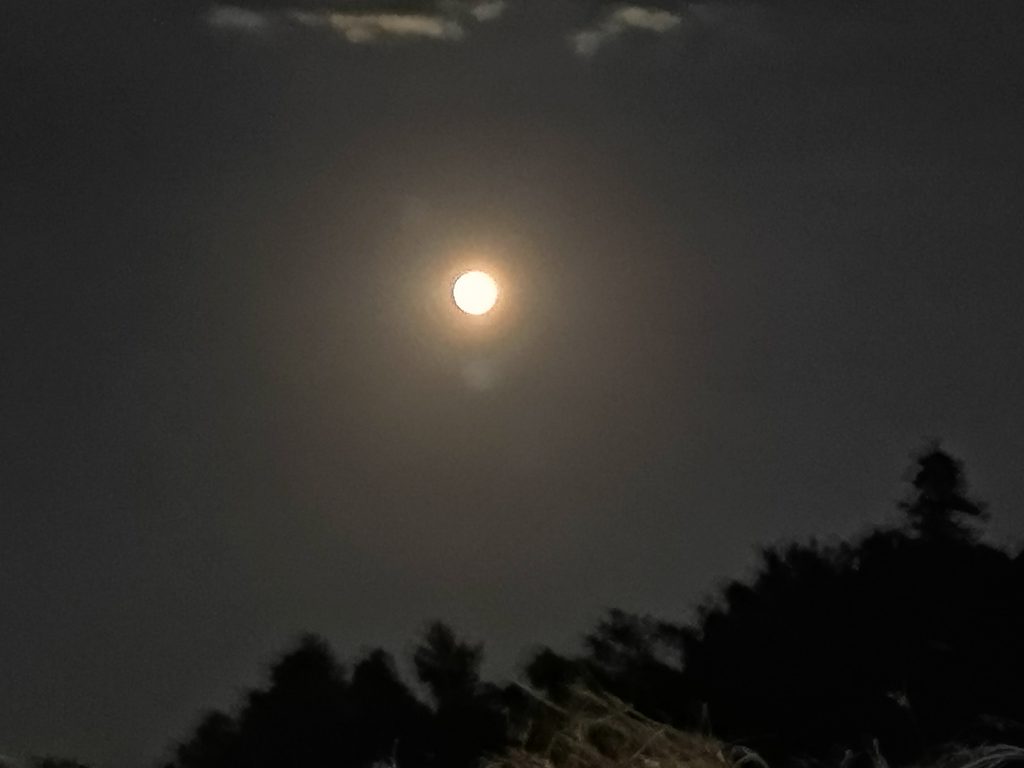
Night views with the moon, Nirasaki, Yamanashi, 9/20/2021
Cool Autumn Sounds
Insects are calling at night. What insects can you hear?
Ink-stone House Kenshoan _ Hayakawa-town
Amehata ink-stones are famous for its ink-stick rubbing feature, its water retaining capacity, its ink smoothness, and its lifelong durability (In Japanese, https://fm-hayakawa.com/422). The source rock for the Amehata ink-stones are collected in the Mount Inamata area in the Amehara River valley, located near the Itoigawa-Shizuoka Tectonic Line along the Hayakawa River valley, in the town of Hayakawa in Yamanashi Prefecture. From the study of the source rock and the shale collected from the two regions, Fukuchi. T. et al. concluded that the source rock should be called slate (Bulletin of the Faculty of Education, University of Yamanashi, vol. 29, 39-46, 2018).
Amehata ink-stones are a designated Traditional Arts and Crafts of Yamanashi (1994). In the flourishing days of the Meiji period, it is said that more than 1000 craftsmen resided in the Amehata area. However, during and after the Pacific War, the number drastically dropped. And now there is only one craftsman remained. Finding a successor is so hard. Furthermore, the area is very difficult to reach and seems hard to live.
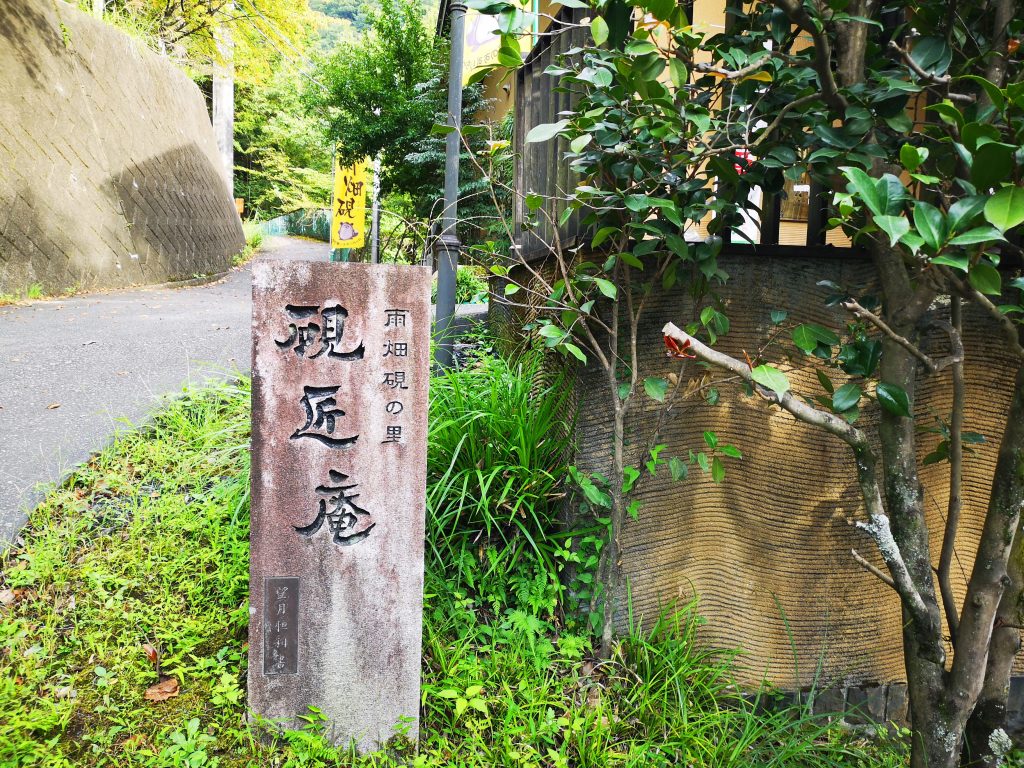
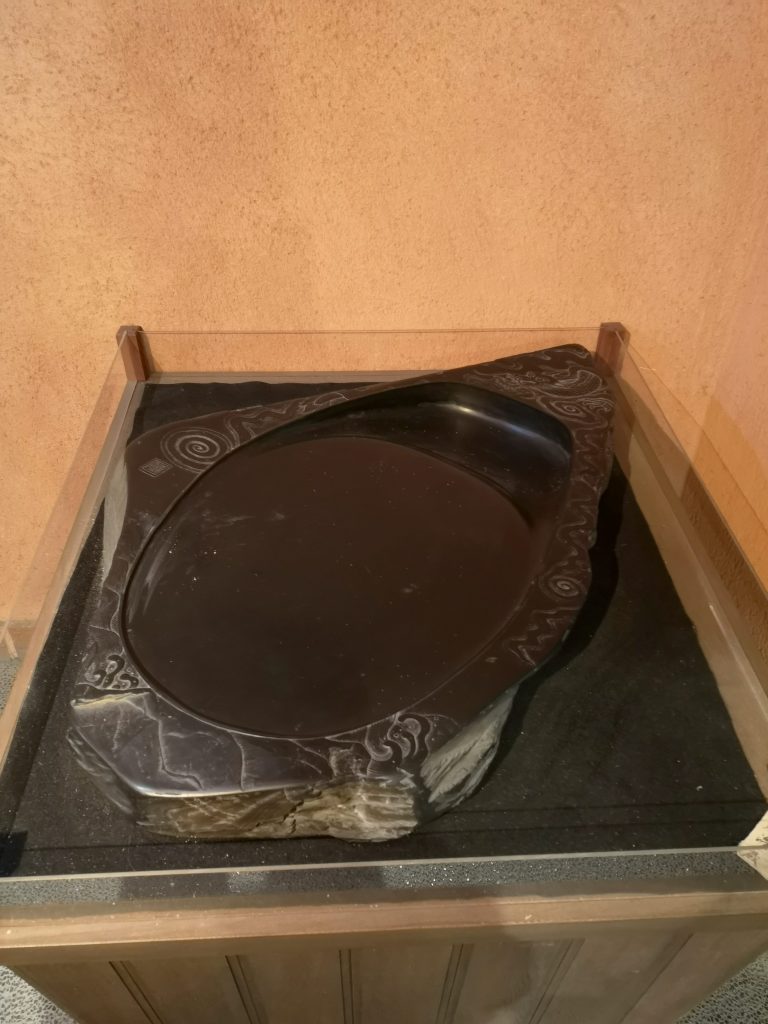
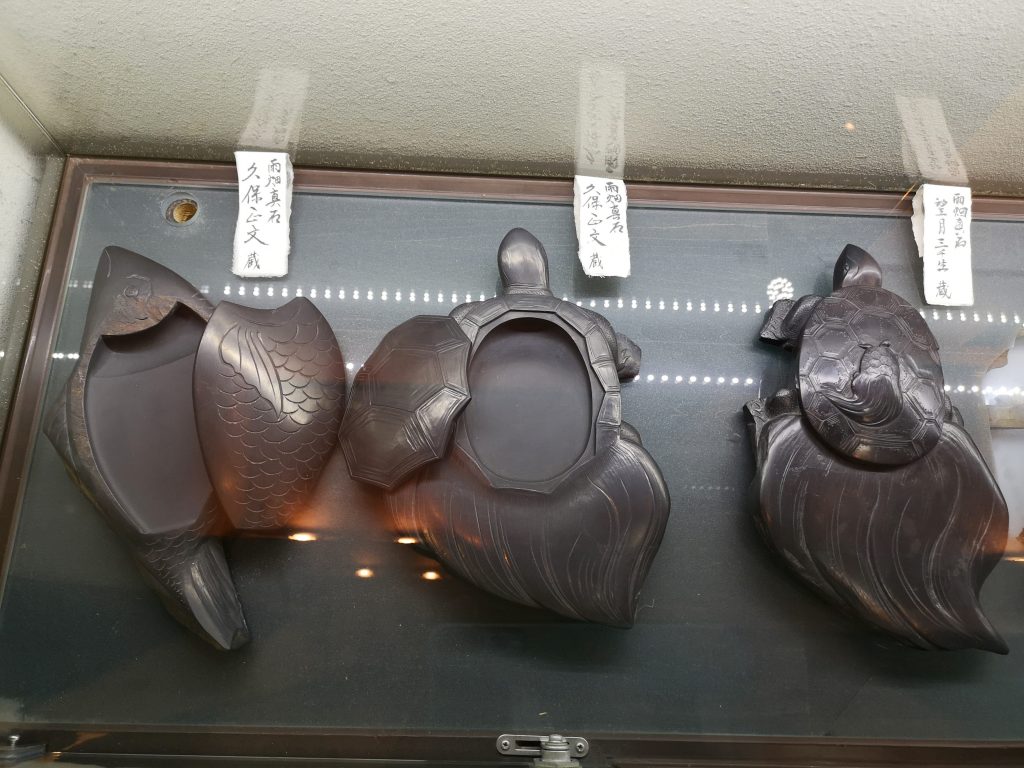
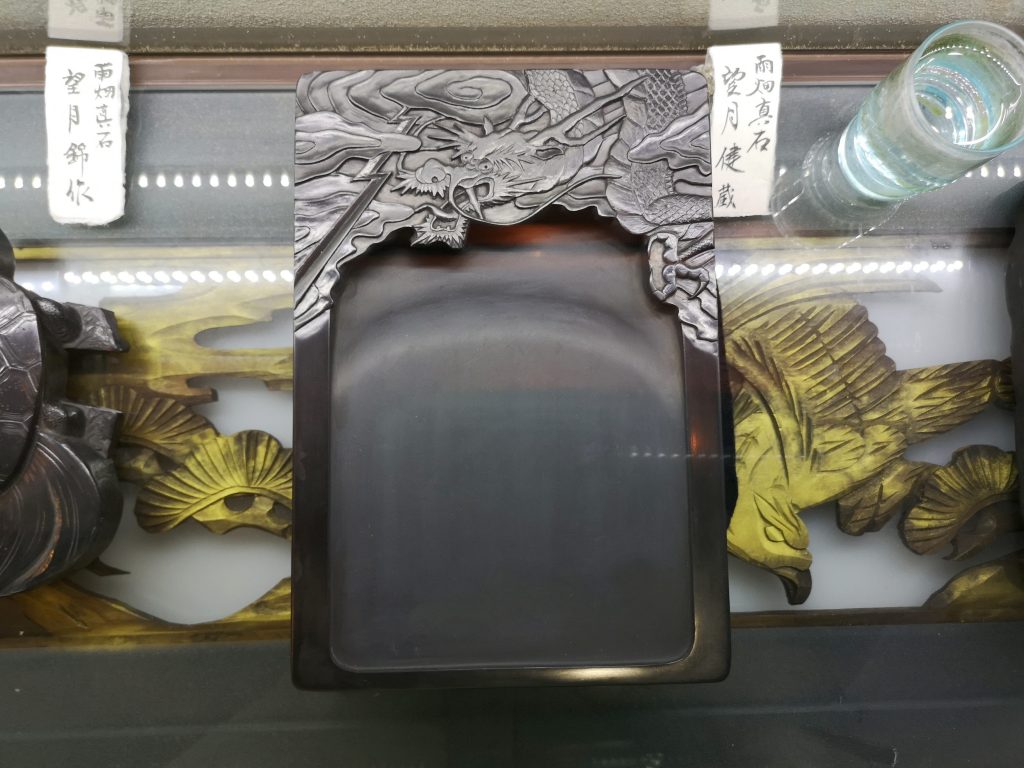
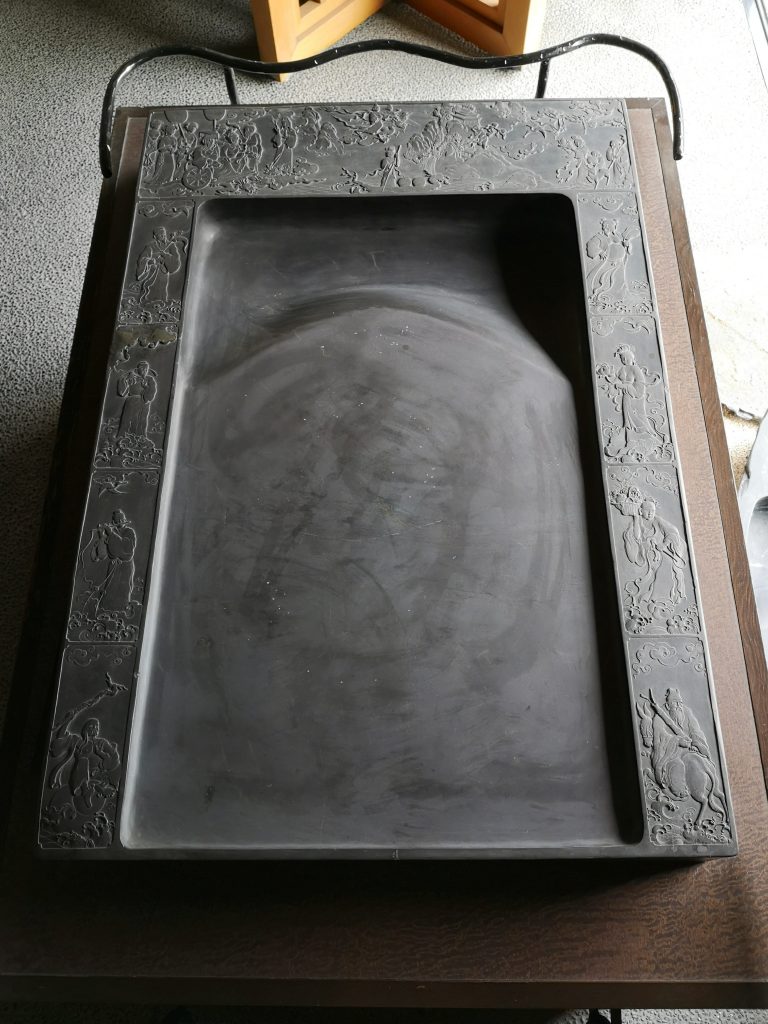
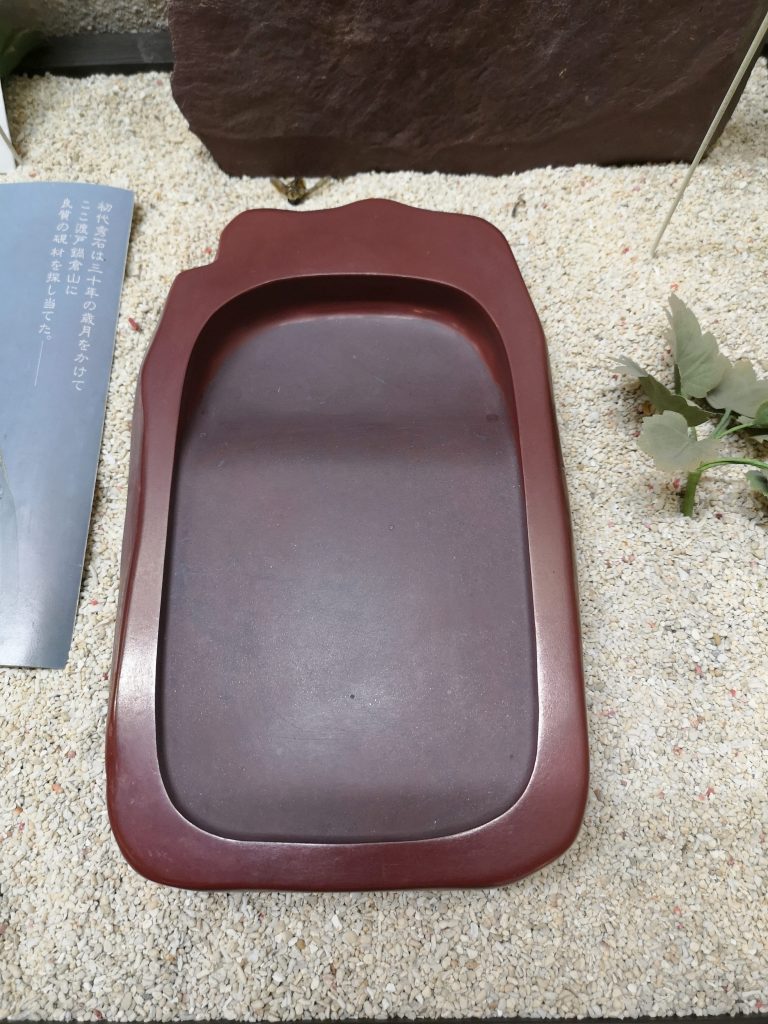
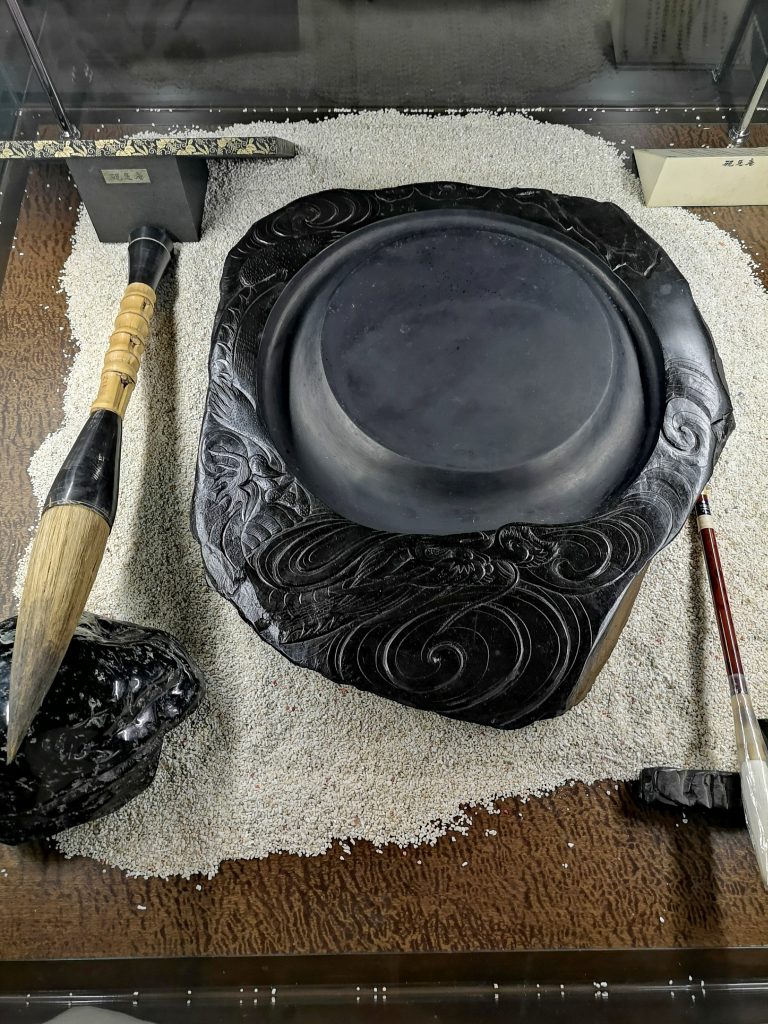
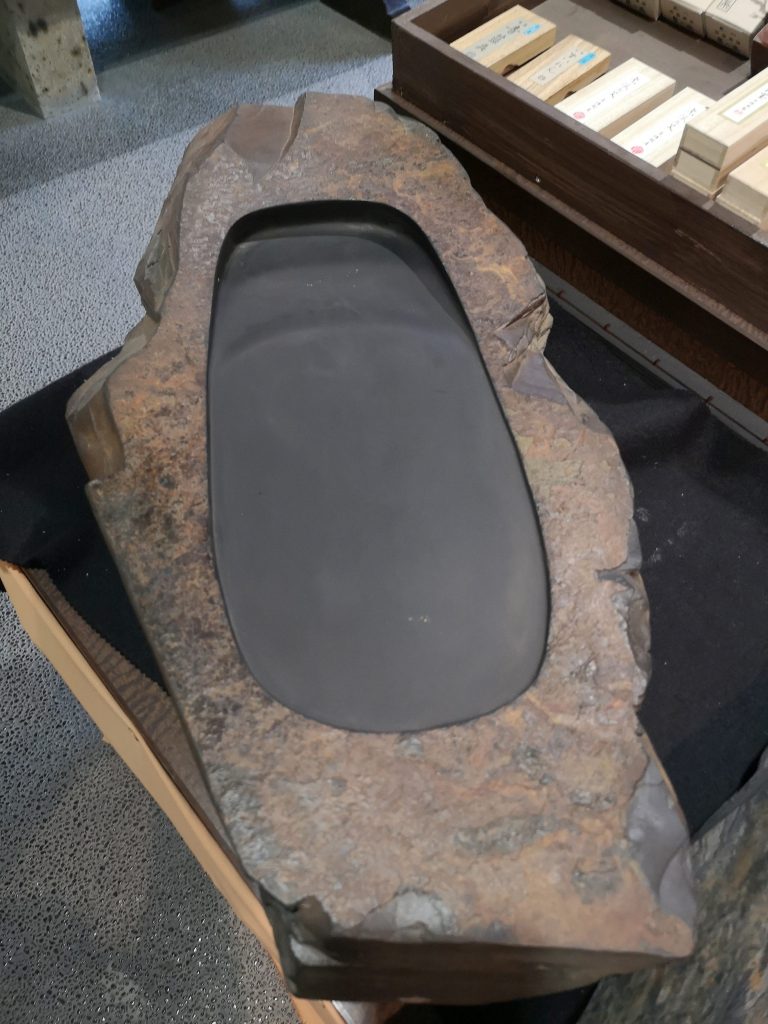
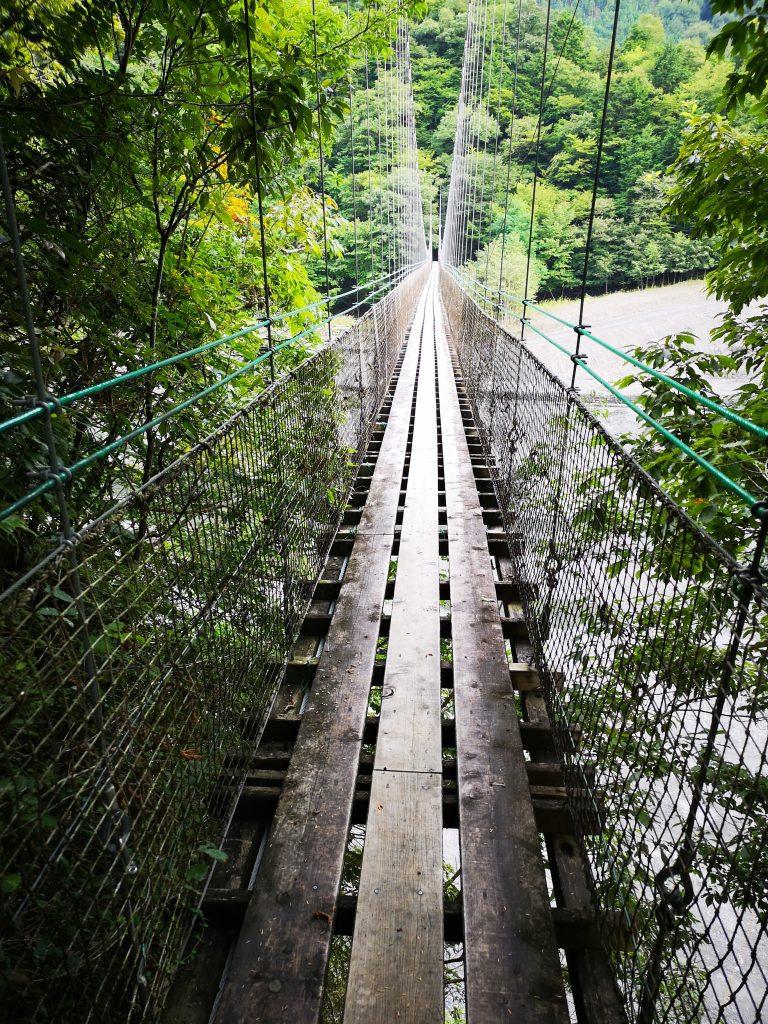
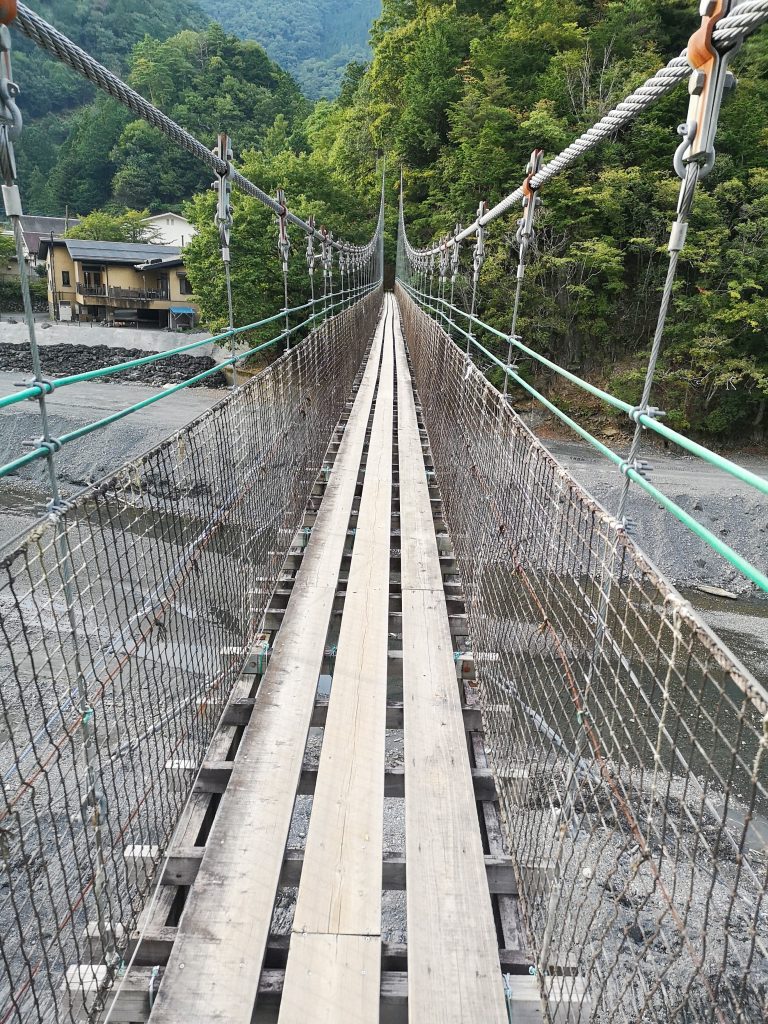
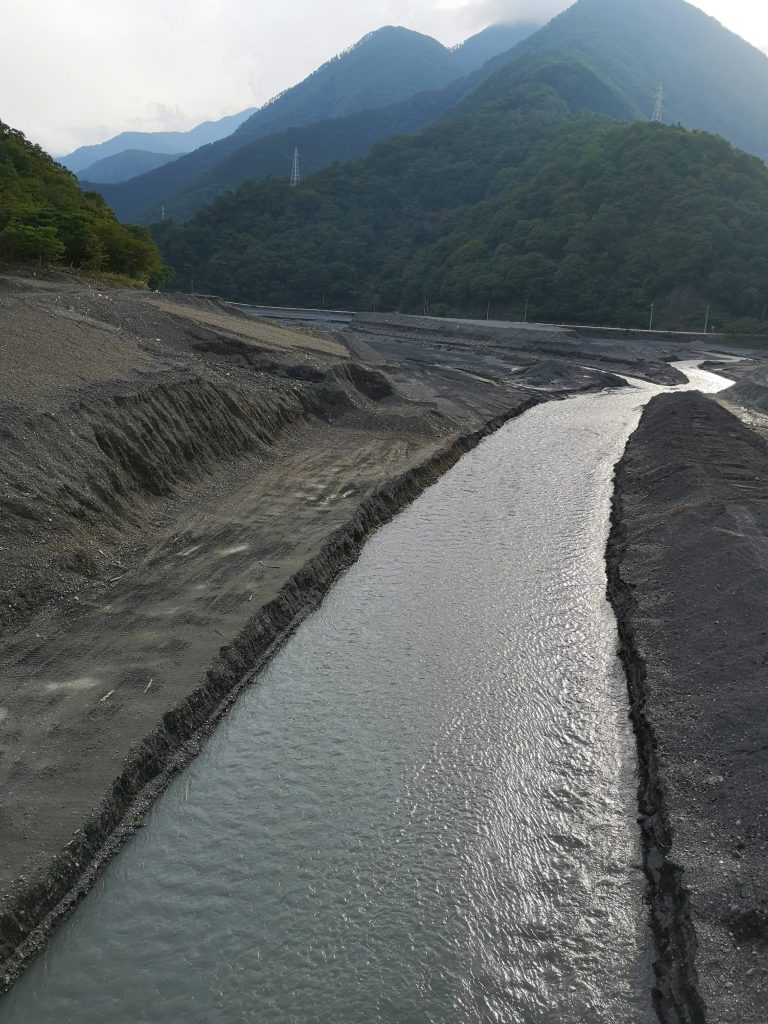
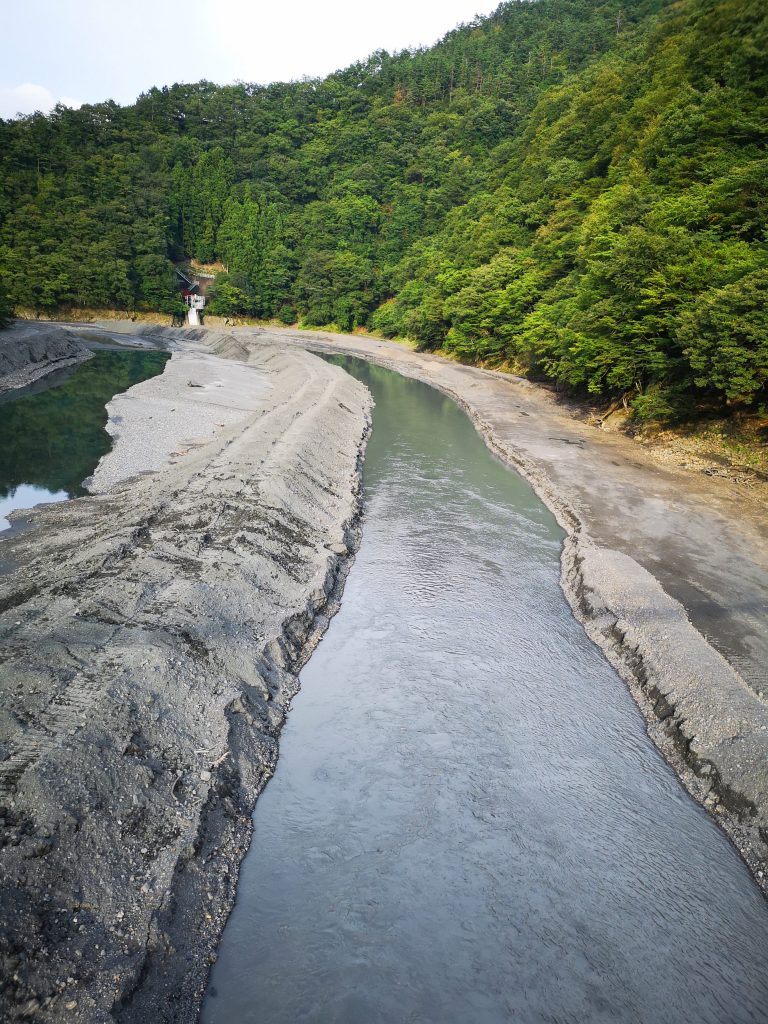
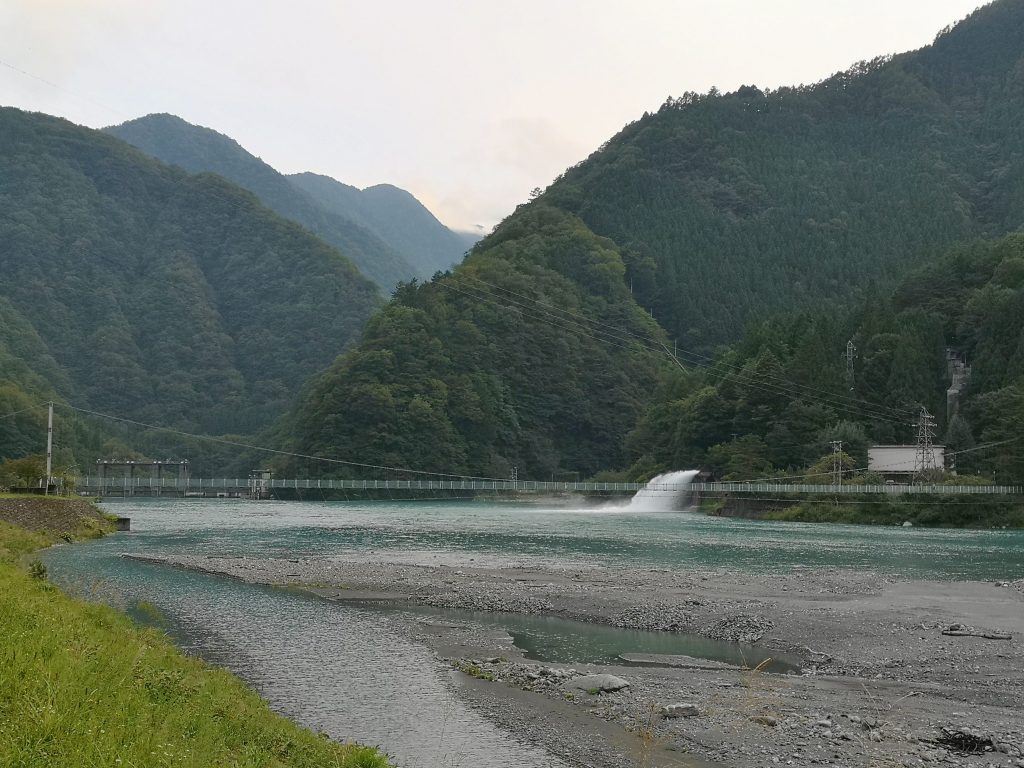
Lake Naradako, Narada Hot Spring Area
This area is a little more spacious than other regions of the Hayakawa River.
Narada, Hayakawa, Yamanashi, 9/11/2021
